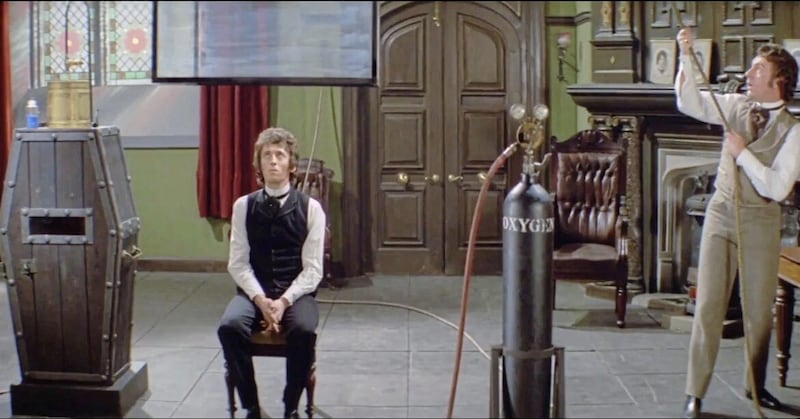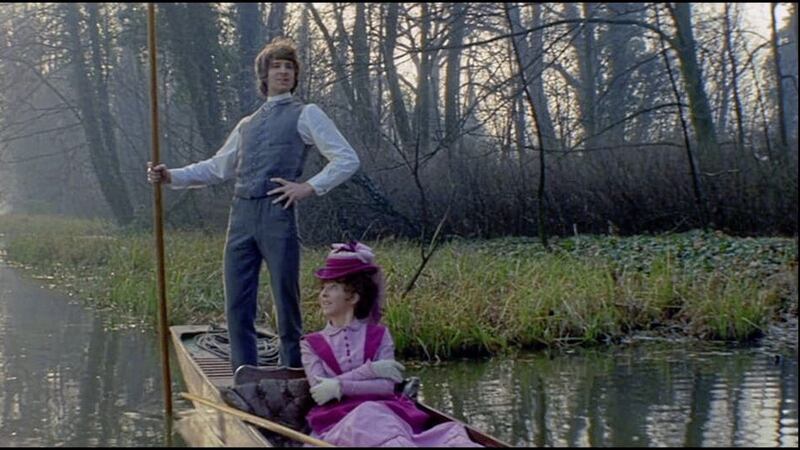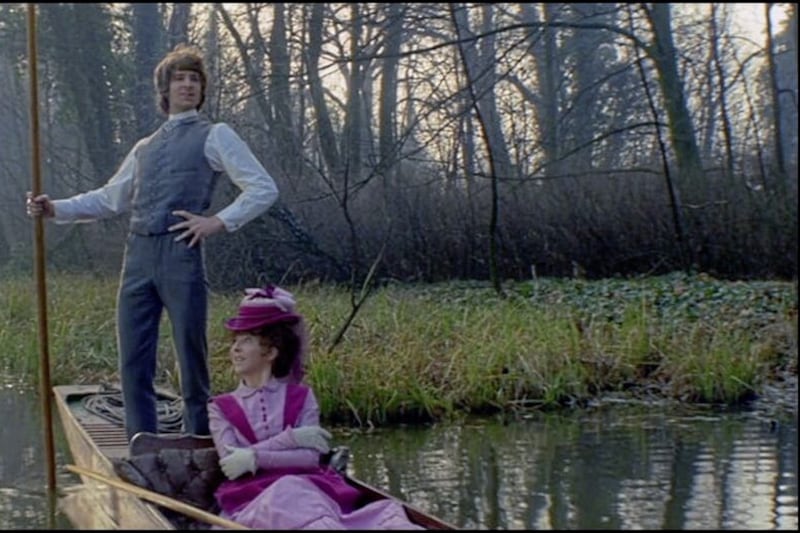THE Asphyx is certainly a cult curio. Released to UK cinemas in 1972, when it felt like every other film made was a low budget horror production of some description or other, it initially gives off the vibe of a bog standard offering from the house of Hammer with its stiff collared costumes, endless velvet drapes and general air of stuffy and stagey Victoriana.
Scratch a little deeper, though, and a much more interesting and altogether weirder science-fiction-flavoured study of mortality and the human obsession with eternal life emerges from the shadows.
Directed by Peter Newbrook and produced by the tiny Glendale films, it's a morbid little tale set in 1875 when a rich scientist, philanthropist and amateur photographer Sir Hugo Cunningham (Robert Stephens) attempts to bottle the very spirit of life itself and therefore achieve immortality.
When he's taking snapshots of the recently departed, as you do like, he discovers a small black smudge in every corner of every print. He swiftly surmises that this is the soul of the departed leaving the body for the last time and sets out to investigate further.
However, whilst shooting moving film footage of his son and his fiancé out boating on a nearby lake, a tragic accident occurs and they both die. Although grief-stricken at first, when he finally re-watches the footage he sees the blur again – but this time realises it's moving towards the victims rather than away, which suggests we may be seeing the Asphyx, a spirit from Greek mythology that lives in eternal torment and only arrives at the moment of death to claim the living.
Further exploration of the subject leads Sir Hugo to create a machine that, through the use of water dripping on some special crystals, allows him to 'trap' this creature and, theoretically at least, evade death forever.
The trouble is, the Asphyx only appears at the very moment when a human is about to die, so when Hugo decides he wants to immortalise his remaining family members and himself, he must stage increasingly mad near-death scenarios to make the beast appear.

Needless to say, these all bring tragic and gruesome results. By the end of this Edgar Allan Poe-flavoured trip into the darkness, only Sir Hugo and his stepson Giles (played by future Jesus Of Nazareth, Robert Powell) are alive, and at least one of them has plans to stop all this messing about in God's domain.
The whole thing is preposterous, of course. Stephens, a hugely respected stage actor, doesn't so much chew the scenery as chow down on it like a medieval feast, and the Asphyx itself is a no-budget affair that comes across like a creepy Kermit glove puppet made mostly of ectoplasm and Silly String.
It's also littered with plot holes and nonsensical story twists yet, despite all these flaws – or perhaps because of them – it works, and The Asphyx pulls you into its odd and disorientating world like few other genre films of the time can.
Offbeat and strange, it's a curio for sure, but an undeniably appealing one all the same.




